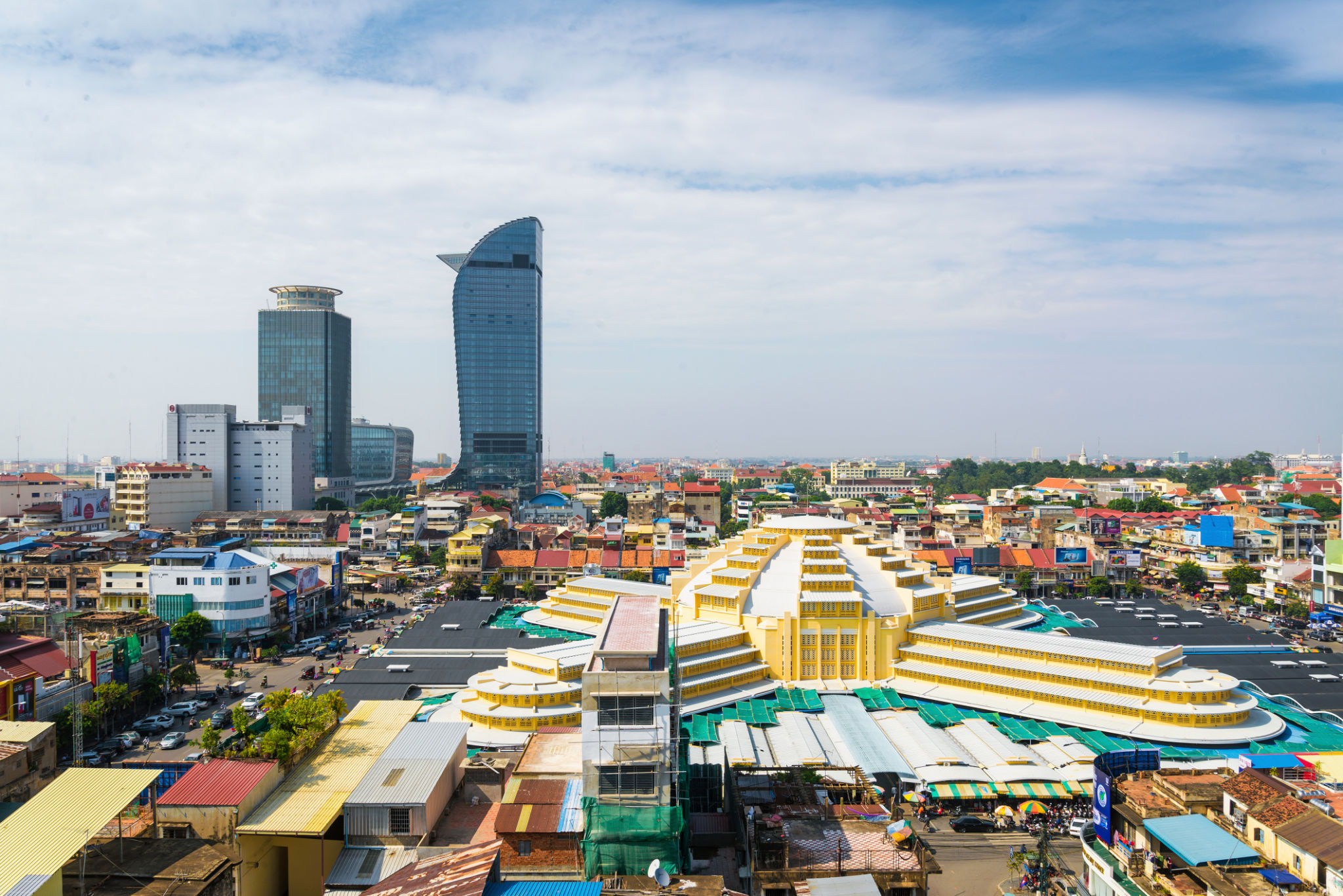The Transformation of Phnom Penh: From Past to Present
The Historical Roots of Phnom Penh
Phnom Penh, the vibrant capital of Cambodia, has experienced a remarkable transformation over the past century. Originally founded in the 15th century, the city served as a pivotal trading hub due to its strategic location at the confluence of the Mekong, Bassac, and Tonle Sap rivers. This historical city has witnessed a tapestry of cultural influences, from its days as a French colonial outpost to its status as a bustling Asian metropolis.
The architectural landscape of Phnom Penh reflects its diverse past. French colonial buildings, characterized by their elegant facades and intricate details, still stand amidst modern skyscrapers and traditional Khmer structures. The juxtaposition of old and new creates a unique urban tapestry that tells the story of Phnom Penh's evolution.

The Impact of the Khmer Rouge
In the late 20th century, Phnom Penh faced one of its darkest periods during the Khmer Rouge regime. From 1975 to 1979, the city was emptied as the regime sought to transform Cambodia into an agrarian society. This period severely impacted the city's infrastructure and population, leaving scars that took decades to heal.
However, Phnom Penh's resilience shone through in the aftermath. The city slowly began to rebuild and recover, with international aid playing a crucial role in its reconstruction. The spirit of the Cambodian people was evident as they worked tirelessly to restore their beloved capital.

The Modern Metropolis
Today, Phnom Penh is a bustling city that embraces both tradition and modernity. The skyline is dotted with high-rise buildings, luxury hotels, and shopping malls, symbolizing the rapid economic growth the city has experienced in recent years. This modernization has attracted investors and tourists alike, eager to explore the city's rich history and vibrant culture.
One of the most significant developments in Phnom Penh has been the expansion of its infrastructure. New roads, bridges, and public transportation systems have improved connectivity within the city and beyond. These enhancements have not only made life more convenient for locals but have also heightened Phnom Penh's appeal as a tourist destination.

Cultural Revival
While modernization has brought many changes, Phnom Penh has not lost sight of its cultural roots. The city remains a hub for traditional arts and crafts, with numerous galleries and markets showcasing local talent. Cultural festivals and events are regularly held, celebrating Cambodia's rich heritage through dance, music, and art.
The Royal Palace and National Museum stand as testaments to Phnom Penh's dedication to preserving its history. These iconic landmarks offer visitors a glimpse into Cambodia's royal past and artistic achievements, ensuring that the legacy of this historic city is never forgotten.

A Bright Future Ahead
As Phnom Penh continues to grow and evolve, its future looks promising. The city's government is committed to sustainable development, focusing on green initiatives and urban planning to ensure a high quality of life for its residents. Efforts to improve education and healthcare are also underway, aiming to uplift the community and equip future generations with the tools needed for success.
Phnom Penh stands as a testament to resilience and transformation. From its tumultuous past to its dynamic present, the city embodies the spirit of progress while cherishing its rich history. As it moves forward into the future, Phnom Penh will undoubtedly continue to captivate and inspire those who visit or call it home.